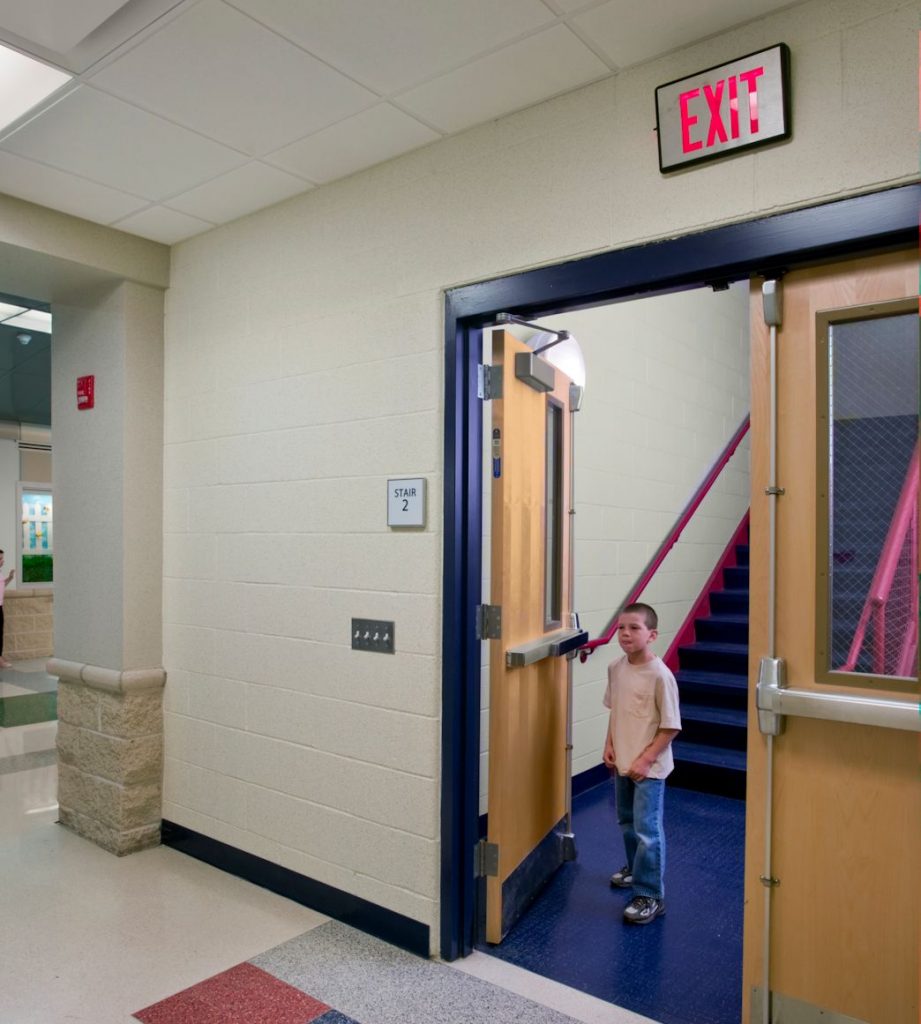 NFPA 80 is the Standard for Fire Doors and Other Opening Protectives, and includes detailed information about the requirements that pertain to fire door assemblies. Rather than including each and every fire-door requirement in the model codes, the codes incorporate the requirements of NFPA 80 by reference.
NFPA 80 is the Standard for Fire Doors and Other Opening Protectives, and includes detailed information about the requirements that pertain to fire door assemblies. Rather than including each and every fire-door requirement in the model codes, the codes incorporate the requirements of NFPA 80 by reference.
The required locations of fire door assemblies within a building are typically found in the building code that has been adopted in a project’s jurisdiction, but NFPA 80 includes additional information about the various classifications of fire door assemblies. Openings protected by fire door assemblies, also known as opening protectives, are classified by NFPA 80 into 5 categories:
- Class A – Fire walls and walls that divide a building into individual fire areas
- Class B — Enclosures of shafts and stairwells and 2-hour rated partitions that create horizontal fire separations
- Class C — Walls or partitions between rooms and corridors having a fire resistance rating of 1 hour or less
- Class D — Exterior walls subject to severe fire exposure from outside the building
- Class E — Exterior walls subject to moderate or light fire exposure from outside the building
Read this Decoded article to learn more about these opening classifications, and then proceed to the review questions below.
~~~
Review Questions
1. Class A openings are typically found in which type of wall?
- Fire walls with a 3-hour fire-resistance rating
- Exit enclosures with a 2-hour fire-resistance rating
- Corridor walls with a 1-hour fire-resistance rating
- Exterior walls with fire exposure from the outside
2. Where are B-label doors with a 60-minute rating typically found?
- Walls surrounding incidental use areas
- Stairwells with walls rated for 1 hour
- Exit enclosures serving 4 stories or more
- Smoke barriers with a 1-hour rating
3. Where are 20-minute doors typically required?
- Where smoke control is the main concern
- Between corridors and dwelling units
- Cross-corridor smoke barriers (excluding health care occupancies)
- All of the above
Answers: 1 – A, 2 – B, 3 – D
